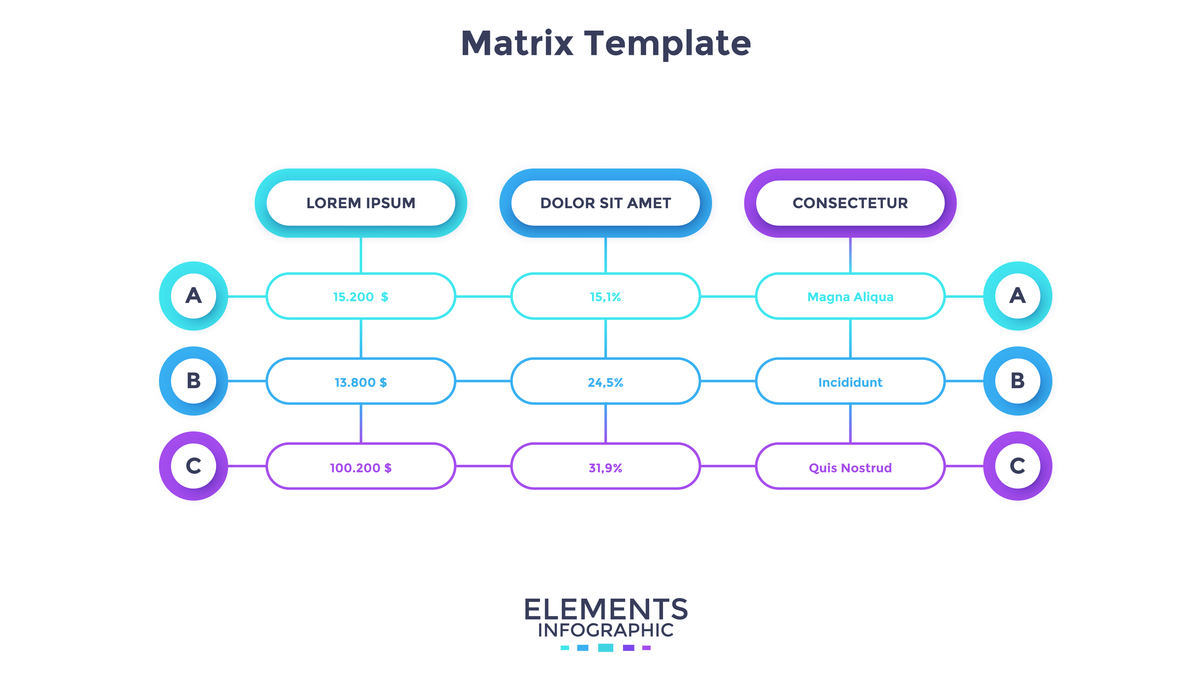Text Classification with CNN using TensorFlow: A Comprehensive Guide
This code demonstrates how to perform text classification using a Convolutional Neural Network (CNN) in TensorFlow. The goal is to perform binary classification, meaning we aim to categorize the input text into one of two classes. This code covers the essential steps for implementing a CNN for text classification, including data loading, preprocessing, model building, training, evaluation, and visualization.
1. Data Loading and Preprocessing
-
The code begins by loading the data using the
dataloaderfunction, which is assumed to return a pandas DataFrame containing preprocessed text features ('preprocessed') and labels ('labels'). -
It then splits the data into training and validation sets using
train_test_split, ensuring a 80/20 split with a random state of 42 for reproducibility. -
The
TfidfVectorizeris utilized to transform the text data into numerical features using the TF-IDF (Term Frequency-Inverse Document Frequency) representation. This representation reflects the importance of words in the context of the entire dataset. -
The training and validation data are reshaped to match the expected input format of the CNN model, which requires a 4D tensor (batch size, height, width, channels).
2. Model Building
-
The code defines a custom
MyModelclass that inherits fromtf.keras.Model. This class encapsulates the CNN architecture. -
The model consists of a convolutional layer (
Conv2D) with 16 filters of size 3x3, followed by a flattening layer (Flatten) to convert the 2D feature maps into a 1D vector, and two dense layers (Dense) with ReLU activation for the first layer and sigmoid activation for the final output layer. This sigmoid activation function outputs probabilities between 0 and 1, representing the likelihood of belonging to the positive class.
3. Model Training
-
The code sets up the optimizer (
Adam) and loss function (BinaryCrossentropy). -
It defines two functions,
train_stepandtest_step, which handle the training and evaluation processes, respectively. -
Inside the
train_step, the model's weights are updated using the calculated gradients obtained through backpropagation. The loss and accuracy are tracked for the training data. -
The
test_stepevaluates the model on the validation data, calculating the loss and accuracy for the validation set. -
The model is trained for a specified number of epochs (5 in this case), and the loss and accuracy for both training and validation sets are printed for each epoch.
4. Model Evaluation
-
After training, the code predicts the labels for the validation set using the trained model.
-
It then plots the confusion matrix to visualize the model's performance, showing the true and predicted labels.
-
Finally, it plots the training and validation accuracy and loss curves as a function of epochs to visualize the model's training progress.
Key Highlights:
-
The code demonstrates a common workflow for text classification using CNNs in TensorFlow.
-
It utilizes TF-IDF for text data preprocessing, a popular technique for converting text into numerical features.
-
It employs the
tf.data.DatasetAPI for efficient data loading and batching. -
It utilizes
tf.functionfor performance optimization by compiling the training and evaluation loops into optimized graphs. -
It provides clear visualizations of the model's performance using confusion matrices and training curves.
This code serves as a comprehensive guide for understanding and implementing CNNs for text classification tasks. It can be adapted and extended for different text classification problems, such as sentiment analysis, topic classification, or spam detection.

原文地址: https://www.cveoy.top/t/topic/oyL8 著作权归作者所有。请勿转载和采集!